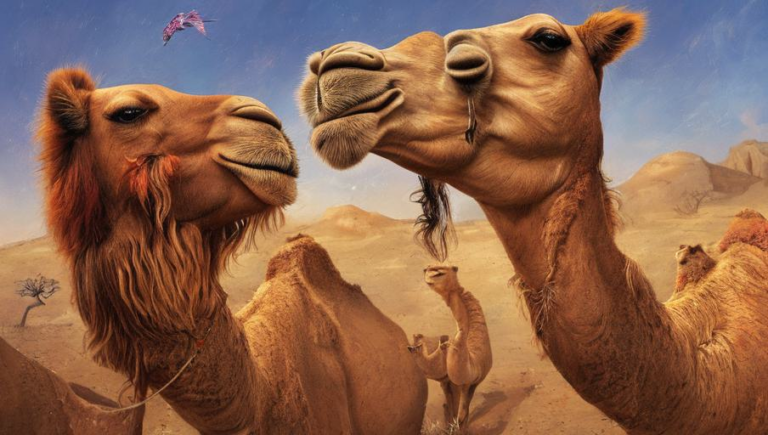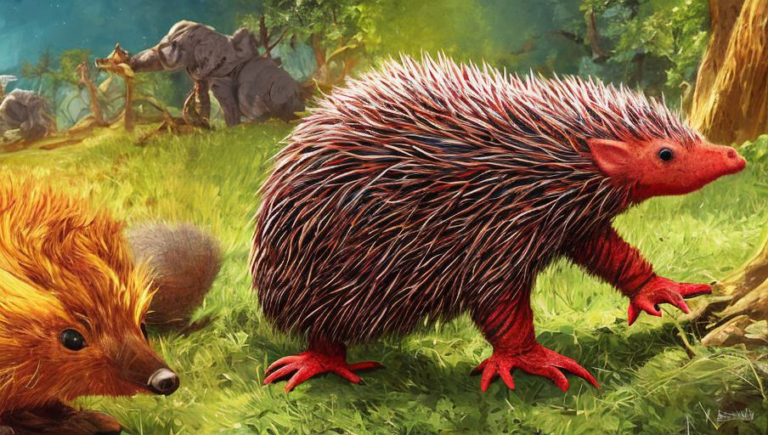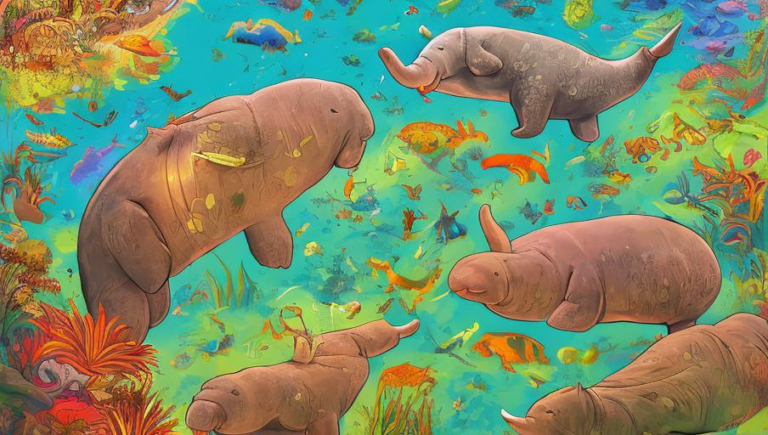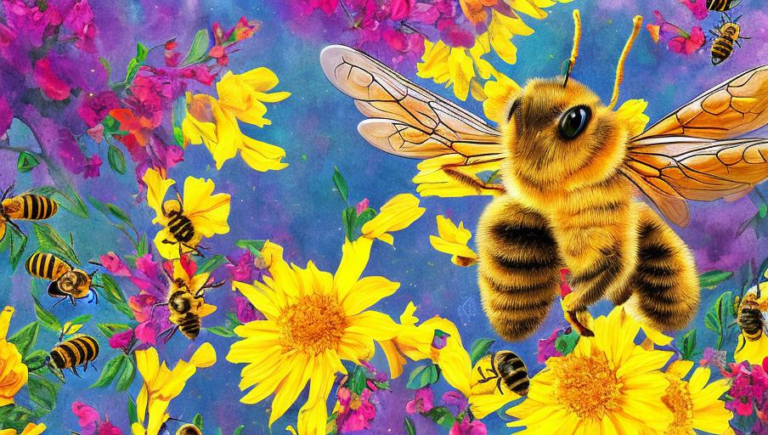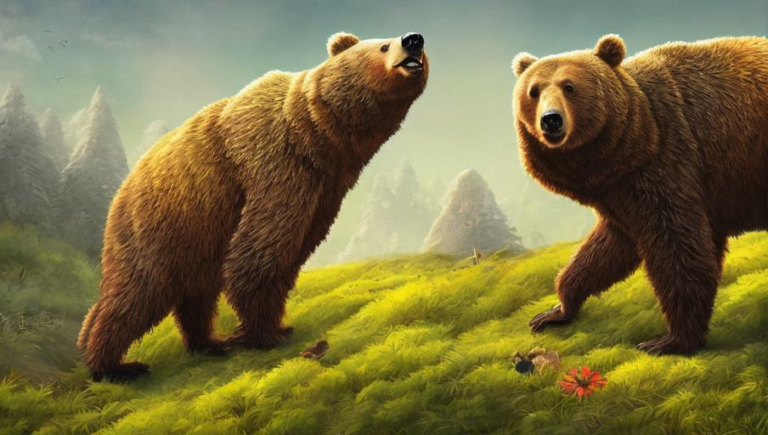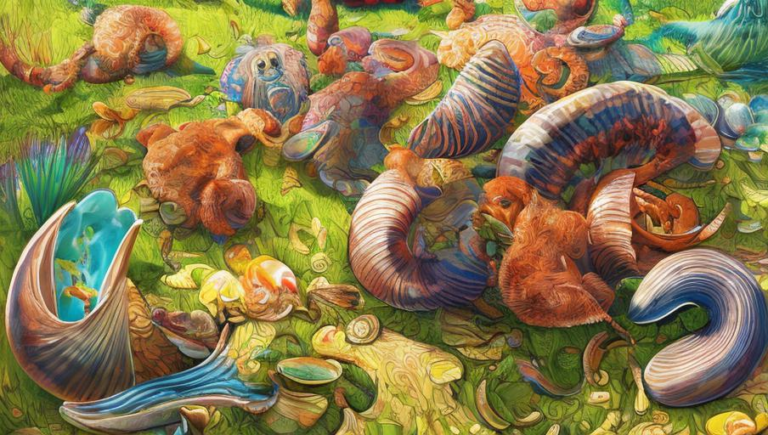Young and Old Dinosaurs – Exploring the Life Cycle of These Prehistoric Beasts
Introduction
Dinosaurs have been captivating humans for centuries. From the time of their discovery and classification, these prehistoric beasts have been the subject of fascination, exploration, and even fear. But what do we know about these creatures and their lifecycles? In this article, we will explore the different stages of a dinosaur’s life, from hatchling to adult.
Life Cycle of a Dinosaur
The life cycle of a dinosaur begins with the hatching of an egg. Much like other reptiles, dinosaurs laid eggs, which were usually laid in a nest. After hatching, the young dinosaur is referred to as a hatchling. Hatchlings were usually independent and able to feed themselves, but their parents would still take care of them and protect them from predators.
As the hatchling grew, it went through several stages of development. During this time, the hatchling would become more independent and learn how to hunt and survive on its own. Eventually, the young dinosaur would reach adulthood. At this point, they would no longer grow, and their physical characteristics would remain the same throughout their life.
Differences Between Young and Old Dinosaurs
Despite the similarities in their life cycles, there were some notable differences between young and old dinosaurs. Generally, young dinosaurs were smaller and had more rounded features. They were also more agile and active than the adults, and they had a higher metabolism. In comparison, adult dinosaurs were much larger and had sharper features. They were also much slower and had a lower metabolism.
Adaptations for Survival
In order for dinosaurs to survive, they needed to develop certain adaptations. These adaptations included physical characteristics, such as horns and spikes, which provided protection from predators. They also had strong legs and feet, which allowed them to move quickly and climb trees. Dinosaurs also had sharp teeth and claws, which allowed them to hunt and feed.
In addition to physical adaptations, dinosaurs also developed behavioral adaptations. These included things like forming herds for protection, vocalizing to scare away predators, and using their environment to their advantage.
Conclusion
Dinosaurs are one of the most fascinating creatures to ever roam the earth. They have captivated humans for centuries and continue to be the subject of exploration and fascination. By understanding the life cycle of dinosaurs, we can gain more insight into their behavior and ecology, and why they were so successful in their environment.
